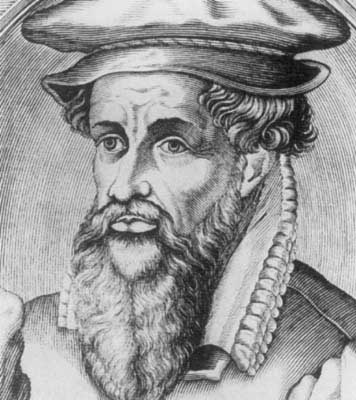|
Milestones in the History of
Thematic Cartography, Statistical Graphics, and Data Visualization |

|

|
|
| Pre-1600 | Ptolemy 1842 map | Mercator portrait | Catalan Atlas |
|
Milestones in the History of
Thematic Cartography, Statistical Graphics, and Data Visualization |

|

|
|
| Pre-1600 | Ptolemy 1842 map | Mercator portrait | Catalan Atlas |
| Up: Milestones | Introduction | Related | References | Term Index | Images: Pre-1600 | ||
In the 16th century, techniques and instruments for precise observation and measurement of physical quantities were well-developed. As well, we see initial ideas for capturing images directly, and recording mathematical functions in tables. These early steps comprise the beginnings of the husbandry of visualization.
| Up: Milestones | Introduction | Related | References | Term Index | Images: Pre-1600 | ||